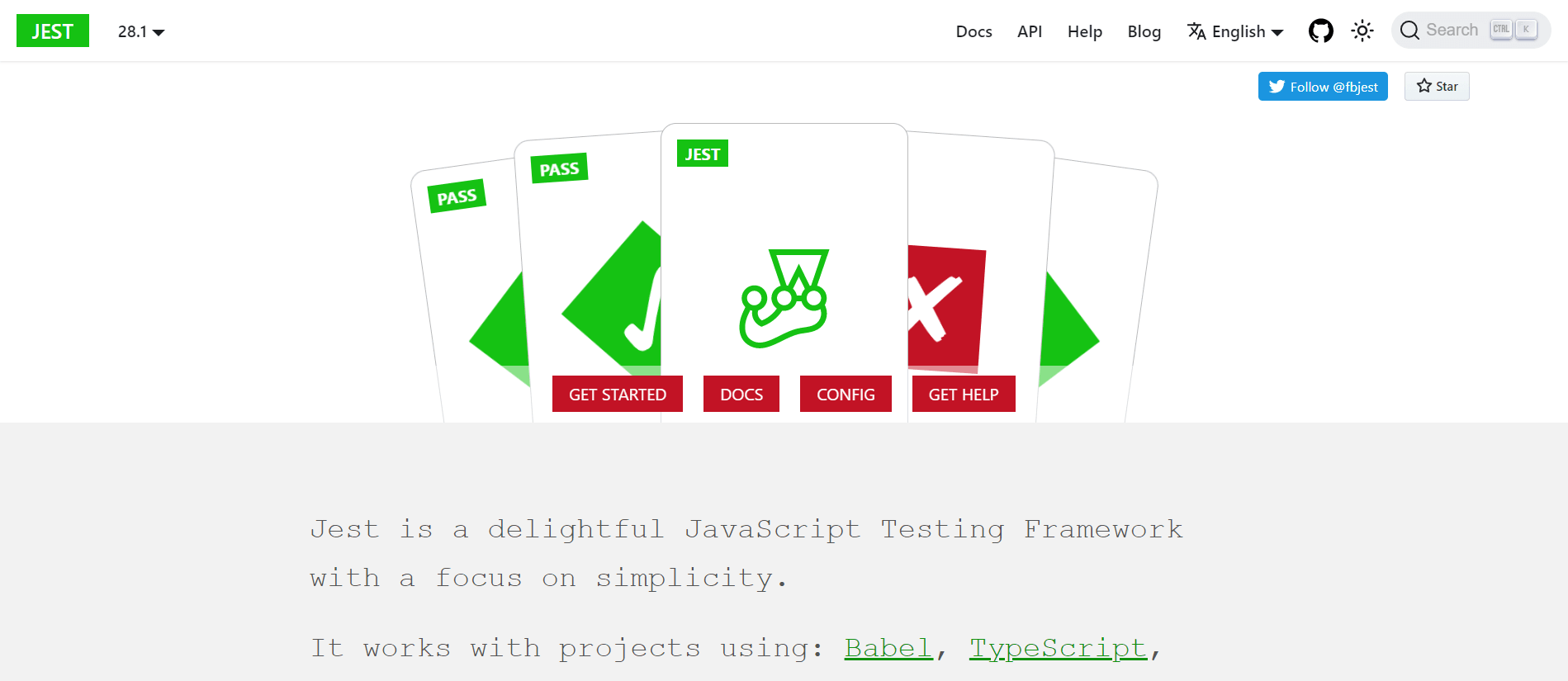JUnit
JUnit is one of the most popularly used unit testing frameworks. Built to improve upon JUnit 4.x, JUnit 5 is a complete rewrite that provides an extensible Java testing framework that can support many different testing styles. The goal of JUnit 5 is to provide an update that simplifies the testing process while making it easier to test in parallel and with alternative approaches like property-based testing. When you do a JUnit 5 vs TestNG comparison, you can learn about the advantages that JUnit 5 provides compared to other Java test automation frameworks.
What makes JUnit one of the top automation testing tools?
- Get annotations to identify different test methods, and use test runners to run tests and assertions to test expected results.
- Write faster code with high-end quality.
- It’s simple to use and consumes less time.
- Run automatic JUnit tests and get immediate feedback.
- Organize the tests into test suites with test cases and different test suites
- Get alerts when the test passes or fails.
JTest

Jest, a simple-to-use JavaScript automation testing framework, can easily collaborate with a gang of web and mobile app development frameworks, including Node, Babel, Vue, TypeScript, React, and so on. What makes it special? It requires Zero configuration. Jest focuses on making installation and configuration simpler in most JavaScript projects.
Write tests while tracking large objects easily. Get live snapshots along the tests or through inline embedment. You can run parallel tests as you need for higher performance. Moreover, Jest consists of an all-in-one toolkit for enhanced performance. Leverage mocked imports and the rich Mock Functions API for spying on different function calls using readable test syntax.
What makes Jest one of the top automation testing tools?
- It’s quite fast and safe since it gives preference to failed tests while reorganizing runs based on the time taken for the test files.
- Generate better code coverage as soon as you add the flag –coverage from the untested files. No need for any additional setup.
- Make use of a custom resolver to import the tests. This makes it quite simple to mock an object outside the test scope.
- Get rich context on why the test has failed.